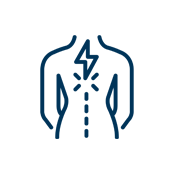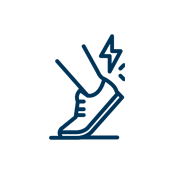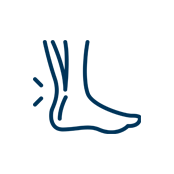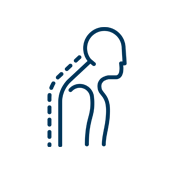
Bursitis
Bursitis is an inflammatory condition of the bursa. The bursa is a fluid filled sack that sits between bones, tendons or ligaments when they come into contact with each other. A bursa prevents these structures from rubbing on each other.
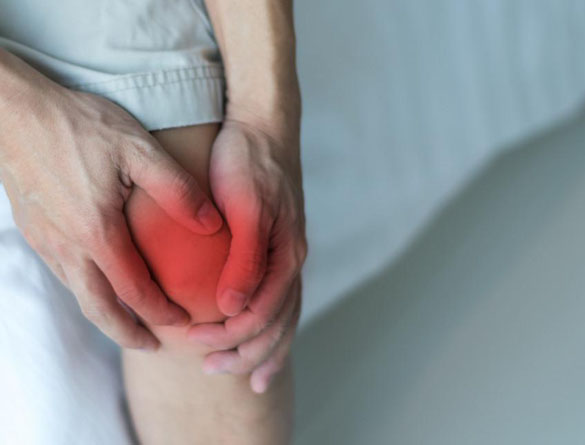
Bursitis is often related to overuse of a particular joint, or where there is excess tension on a specific area over a long period of time.
Bursitis can also be caused by a fall or car accident. This can instantly cause inflammation.
An osteopath will diagnose bursitis after a full medical history and conducting a full orthopaedic and musculoskeletal examination. They will then look at the area to see if there are any muscles, ligaments, tendons or joints that are aggravating the bursa.
Your osteopath will help to relieve the pressure on these joints and on the bursa by using hands-on manual techniques. This will often start the healing process and the inflammation can reduce. If your osteopath notes any related muscle imbalance or weakness, they will give you exercises to address this issue. Your osteopath may refer you for an x-ray or ultra-sound.
Your osteopath may refer you to a GP or pharmacist for anti-inflammatory medication.
The symptoms associated with bursitis can include:
- pain
- inflammation
- swelling
- restricted range of motion of a joint
- warm or red skin overlying the affected area.
The most common areas within the body that can be affected by bursitis are:
- Shoulder joint –often caused by the impingement of surrounding muscles resulting in a painful shoulder with reduced range of motion.
- Hip joint – There are two common areas of bursitis: on the side of the hip and in the buttock area.
- Knees – inflammation of the area just just below the kneecap.
- Bursitis is also common in the elbows, wrists and ankles.


